



The IUCN’s World Heritage Outlook lists the Western Ghats, Manas National Park, and Sundarbans under “significant concern,” citing climate change, habitat loss, and development pressures. The report warns of declining conservation prospects across Asia, urging urgent action to protect these vital biodiversity hotspots.
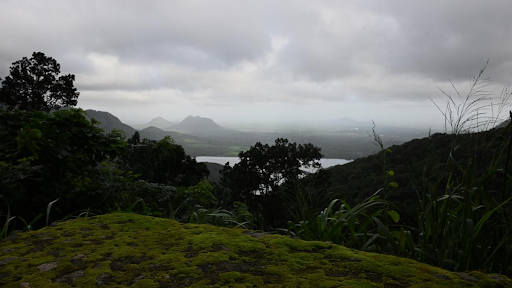
Copyright infringement not intended
Picture Courtesy: THEHINDU
The International Union for Conservation of Nature (IUCN) has released the World Heritage Outlook 4 report during the IUCN World Conservation Congress in October 2025.
This report is the first global assessment of natural World Heritage sites, evaluating their conservation outlook, threats, management, and potential changes.
Categories:
The 2025 report assesses 63 Asian sites (excluding Arab countries) and provides a detailed outlook for India's natural treasures.
1. Sites of "Significant Concern" (Most Threatened)
2. Sites of "Good with Some Concerns"
3. Sites with a "Good" Outlook (Best Managed)
Sikkim's Khangchendzonga National Park, India's sole Mixed World Heritage Site, received a "good" outlook for its effective protection, ranking among 11 top Asian sites, seven of which are in China.
Climate Change (New Top Threat)
Climate change has replaced hunting as the most prevalent threat, leading to habitat alteration, extreme weather events, and species vulnerability.
Tourism Activities (Persistent Threat)
Unregulated and unsustainable tourism remains the second-greatest threat, causing habitat degradation, waste disposal issues, and disturbance to wildlife.
Invasive Alien Species (Rising Threat)
This has emerged as the third-highest threat, having not been among the top three in 2020. Invasive species outcompete native flora and fauna, disrupting ecological balance.
Infrastructure Development (Emerging Threat)
Roads and railways are now among the top five greatest threats. Road development, in particular, opens up previously inaccessible forest areas to settlement, resource extraction, and increased tourism pressure.
Other Anthropogenic Pressures
South Asian protected areas, like India's, suffer from habitat loss due to land demand, illegal logging, fires, hunting, and encroachment. Roads in tropical forests exacerbate these issues, causing settlement, resource extraction, habitat alteration, and biodiversity decline.
Overall Decline
In Asia, 49% of sites show protection concern, with 3% "highly effective" and 46% "mostly effective," a slight decrease from 2020.
Good Practices
Mount Wuyi (China) and Sinharaja Forest Reserve (Sri Lanka) are recognized for successfully engaging younger generations, visitors, and local communities in conservation through educational programs.
The IUCN's 2025 World Heritage Outlook highlights threats to India's natural heritage. Khangchendzonga National Park is a success, but the Western Ghats and other parks need urgent attention. India must address climate change, tourism, infrastructure, and enforcement to protect its biodiversity.
Source: THEHINDU
|
PRACTICE QUESTION Q. Discuss the importance of the Western Ghats in shaping India's monsoon system and its role as a biodiversity hotspot. 150 words |
The IUCN World Heritage Outlook 4 is a global assessment released in 2025 that evaluates the conservation status of natural World Heritage sites. It examines threats, management effectiveness, and future prospects to track global biodiversity health.
Sikkim’s Khangchendzonga National Park was rated “Good”, making it the only Indian site among 11 Asian sites with a positive conservation outlook.
Unregulated tourism leads to habitat disturbance, waste generation, and road development, which in turn increase biodiversity loss and forest fragmentation, especially in tropical regions like India’s Western Ghats and Sundarbans.

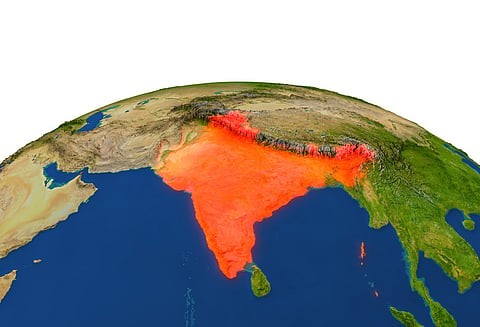
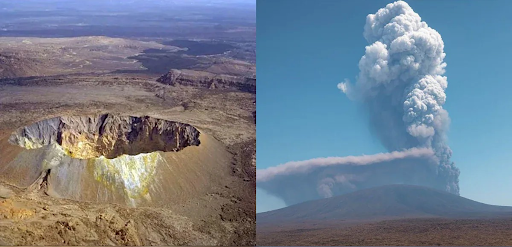
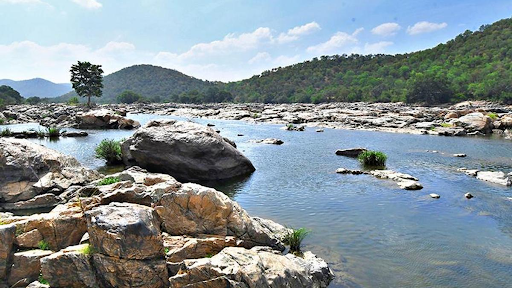

© 2025 iasgyan. All right reserved